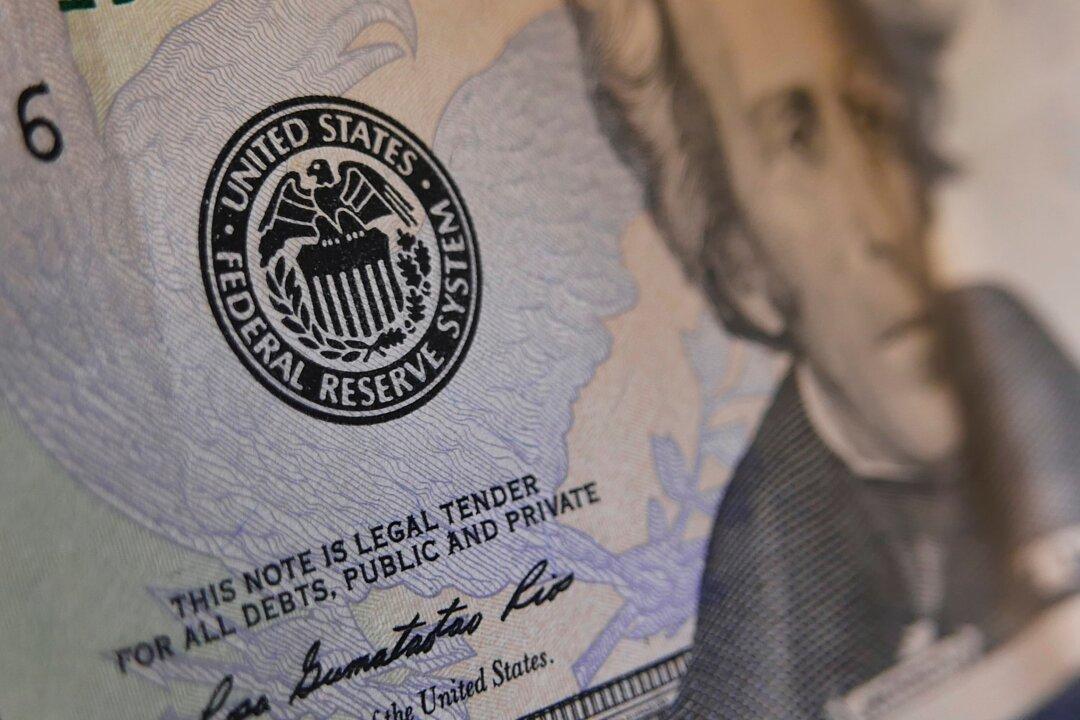After hitting new lows for the year, equities bounced near the end of the month, rallying five days in a row after U.S. Federal Reserve Chairman Jerome Powell blinked on Nov. 28.
In his speech that day at the Economic Club of New York, Powell said the current interest rate level is “just below” neutral. In other words, it’s neither speeding up nor slowing down economic growth. Powell has been under a lot of pressure lately, as Wall Street has been worried the Fed is raising interest rates too quickly.



